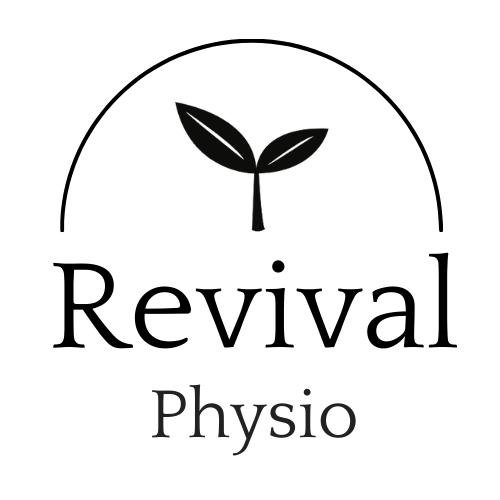Nutrition, Pelvic Floor Physiotherapy and Endometriosis
Endometriosis, a condition where tissue similar to the lining of the uterus grows outside the womb, affects millions of women worldwide. Nutritional management and pelvic floor physiotherapy are safe, effective ways to manage endometriosis symptoms and improve overall well-being
The Role of Nutrition in Managing Endometriosis
Nutrition is a cornerstone of health, and its influence on endometriosis is no exception. Emerging research suggests that certain dietary factors may contribute to inflammation, a key player in endometriosis. Adopting an anti-inflammatory diet can potentially help manage symptoms and enhance the effectiveness of medical treatments. Key components of an anti-inflammatory diet include:
Fruits and Vegetables: Rich in antioxidants, fruits and vegetables help combat oxidative stress a factor linked to inflammation. Berries, leafy greens, and colorful vegetables are particularly beneficial.
Omega-3 Fatty Acids: Found in fatty fish, flaxseeds, and walnuts, omega-3 fatty acids possess anti-inflammatory properties. Including these sources in the diet may help manage inflammation associated with endometriosis.
Whole Grains: Choosing whole grains over refined grains can contribute to a lower overall inflammatory load. Brown rice, quinoa, and oats are excellent choices.
Lean Proteins: Opting for lean protein sources, such as poultry, fish, and legumes, can support tissue repair and muscle health without contributing to excessive inflammation.
Limiting Processed Foods: Processed foods often contain additives and preservatives that may contribute to inflammation. Choosing whole, unprocessed foods is a healthier alternative.
Reducing Caffeine and Alcohol: Both caffeine and alcohol can potentially aggravate endometriosis symptoms. Moderation or elimination of these substances may be beneficial.
Exploring Gluten-Free Options: Some individuals with endometriosis report symptom improvement after adopting a gluten-free diet. Consulting with a healthcare professional can help determine if this is a suitable option.
The Role of Pelvic Floor Physiotherapy in Managing Endometriosis
PICTURE ABOVE: Displays the muscles of the pelvic floor
Pelvic floor management is an essential aspect of addressing endometriosis, a condition that can significantly impact physical health and quality of life. Endometriosis occurs when tissue similar to the lining inside the uterus grows outside of it, leading to pain, inflammation, and various symptoms that can affect the pelvic region.
Importance of Pelvic Floor Physio
Pelvic floor physiotherapy can help manage symptoms associated with endometriosis through targeted interventions. The pelvic floor muscles play a crucial role in supporting pelvic organs and maintaining proper function. When these muscles become tense or weakened due to endometriosis, it can exacerbate pain and discomfort.
Assessment
A physiotherapist trained in pelvic health will conduct a thorough assessment to identify muscle function, pelvic alignment, and any areas of dysfunction. This evaluation often includes:
Muscle Testing: Assessing the strength and coordination of the pelvic floor muscles.
Posture and Alignment: Evaluating how posture may contribute to pelvic floor issues.
Pain Mapping: Identifying specific pain points related to endometriosis.
Treatment Techniques
Manual Therapy: Hands-on techniques can help release tension in the pelvic floor muscles and surrounding connective tissues. This may involve myofascial release, trigger-point therapy, and abdominal massage.
Exercise and Strengthening: Tailored exercises can help strengthen weak pelvic floor muscles. Core stability exercises may also aid in supporting pelvic health and alleviating pressure on the pelvic floor.
Relaxation Techniques: Techniques such as diaphragmatic breathing, guided imagery, and pelvic floor relaxation exercises can help manage pain and reduce muscle tension.
Education: Learning about the pelvic floor's role and understanding endometriosis may empower individuals to manage their symptoms better. Educating patients about self-care strategies and activity modification can also contribute to symptom relief.
Biofeedback: This technique can help patients gain awareness and control over their pelvic floor muscles through real-time feedback, improving muscle relaxation and coordination.
Lifestyle Moifications
In addition to therapeutic interventions, lifestyle changes play an essential role in managing endometriosis. Patients may benefit from:
Regular Exercise: Engaging in low-impact exercise can improve overall well-being and reduce pelvic pain.
Dietary Considerations: Some individuals find relief by adopting an anti-inflammatory diet, reducing sugar and processed foods, and incorporating whole foods.
Stress Management: Integrating mindfulness practices and stress-reduction techniques can positively impact symptom management.
Conclusion:
Pelvic floor management for endometriosis involves a comprehensive approach tailored to each individual’s specific needs. Through assessment, targeted treatment, education, and lifestyle modifications, pelvic floor physiotherapy can contribute to symptom relief and enhance quality of life for those affected by endometriosis. It is essential for individuals to consult with healthcare professionals who can provide a multidisciplinary approach to their care



